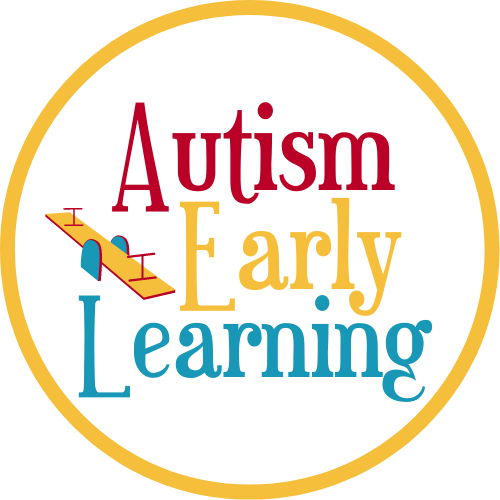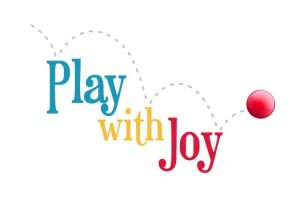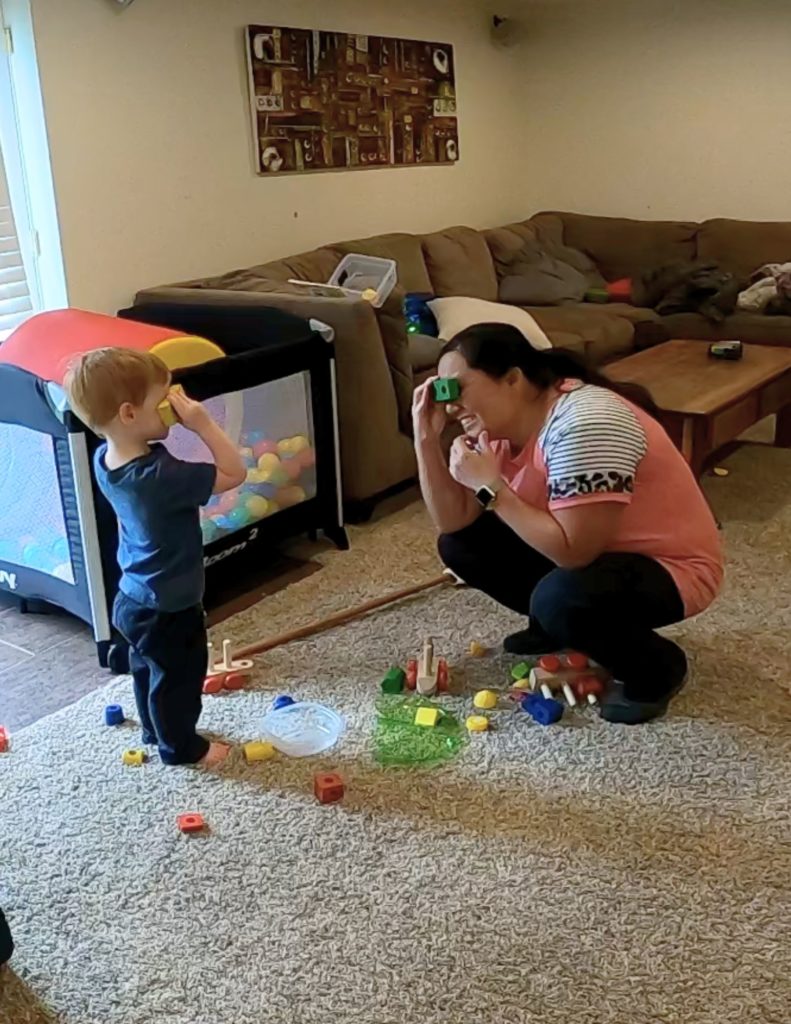Is "Waiting Out" An Autism Diagnosis The Right Thing To Do?
I know how overwhelming it can be when you suspect that your child might have autism and the doctor advises you to wait it out. It’s a confusing and emotional time, but I’m here to offer some guidance. Let’s walk through what you can do as a parent in this situation and how to navigate through it together.
Although you may have been told to “wait it out” that doesn’t mean you have to do nothing while you’re waiting for a diagnosis. An autism diagnosis may help you get specific services, but it doesn’t change what you can do in the home.
Maybe you weren’t told to “wait it out” but now you’re on a bunch of waiting lists and you’re still forced to wait. Waiting lists can be frustrating when you just want your child to receive help now.
As I primarily work with kids 6 and younger, most of my advice in this post will be catered to young kids.
Things You Can Do While You "Wait"
Trust Your Instincts
First things first, trust your gut feelings. As a parent, you know your child better than anyone else. If you have concerns about their development, don’t dismiss them. Your instincts are valuable, and they deserve attention.
DOCUMENT YOUR OBSERVATIONS
Keep a record of your child’s behaviors, milestones, and any concerns you have. Jot down specific examples and instances that highlight the signs or symptoms you’ve noticed. This documentation will be helpful when discussing your concerns with medical professionals, therapists, and educators.

Encourage Social Interactions
When a child is diagnosed with autism, it means that they have difficulties in social communication and interactions. We live in a very social world, so this can be challenging.
Social communication and interactions are something that you can definitely do at home, and it’s what I train parents to do for the best outcomes. Families can and do make a huge difference when they provide opportunities daily in their home for their child to work on these skills.
There are a lot of ways that you can encourage social interactions. When kids are young, one of the best ways that you can do this is through play. Plus, it’s fun.
Here are some simple tips to help you work on social communication and interactions at home.
- Follow your child’s lead. Get down on your child’s level and enter their world of play. Observe their interests, preferences, and activities. Follow their lead and show genuine interest in what they are doing.
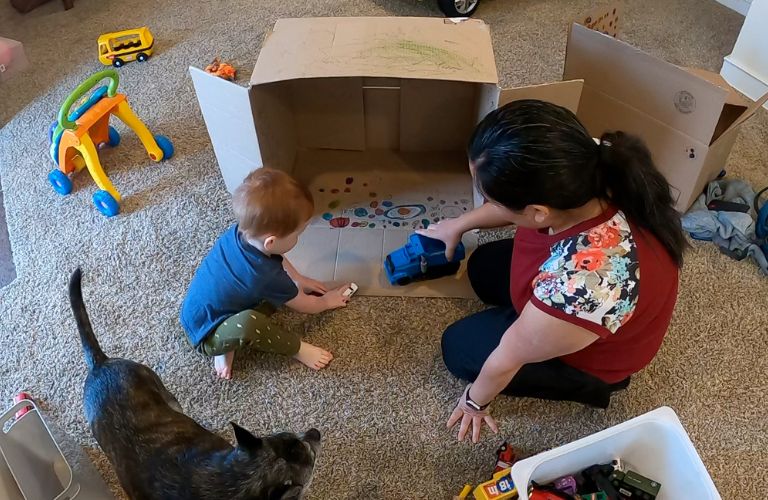
- Build on your child’s interests by expanding or adding to their play. For example, if your child is playing with toy cars, you can introduce new cars or create a car race scenario. This promotes shared attention and engagement.
- Expand communication. Support your child’s communication skills by using simple and clear language. Provide verbal labels for objects or actions, and describe what is happening. Instead of asking questions that your child won’t answer, just narrate your observations.
- Use sensory play to get more engagement. Do things that make your child smile. Play chase, tickle, wrestle, jump, spin, squeeze, etc. Find what your child loves and do that.
- For more specific techniques and activities, consider becoming a member of the Early Intervention Tutorials where I teach you how to do this effectively.
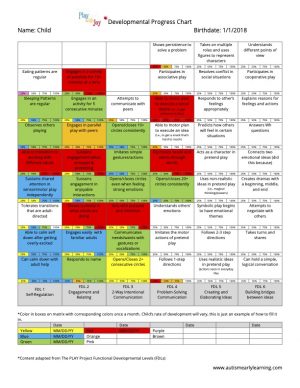
THE FIRST STEP IS IDENTIFYING YOUR CHILD'S DEVELOPMENTAL PROGRESS
Enter your name and e-mail to have the Progress Chart sent to your inbox. You’ll be able to identify the skills your child has already learned, and find out what skills come next. I’ll also send you extra tips and activities to help you along the way.
You can unsubscribe at any time. For more details, review my Privacy Policy.
Find Services that your child can receive without a diagnosis
There are a lot of services out there that don’t require a specific diagnosis. They look at the skills a child has, and if they need extra supports with those specific skills. Here are just a few examples.
Early Intervention
Early Intervention. If you live in the United States, your child may qualify for early intervention through the state. For kids under 3 it would be Early Intervention, and for kids 3-5 it would be Special Ed Preschool.
You can find out where they offer early intervention in your area and request a screening. Here’s a link to the CDC website if you’re not sure how to find services in your area (if you’re in the Untied States).
I first started working with kids on the spectrum in a special ed preschool, and I loved it. I have also worked in private schools and now I work independently helping train parents in their homes.

One of the frustrating things about early intervention through the state is that some kids don’t receive services because they’re in the 10th percentile instead of the 7th. I’ve had this conversation with some of my colleagues and it makes us so sad to see kids who need help not receive it because they didn’t test low enough. Just because a child is in the 10th percentile doesn’t mean that they don’t need some extra supports.
If your child doesn’t qualify for special ed services, but you still feel like they need extra supports consider looking for other services. Another option is the Early Intervention Tutorials. I created the tutorials to help parents that want training, but are having a hard time getting it because of all the waitlists, not enough services in your area, and you can do it in your own time and pace.
Speech Therapy
If your child qualifies for early intervention through the state, and they need speech therapy, they can get it for free. If you feel like your child needs more than what their IFSP (Individualized Family Service Plan) or IEP (Individualized Education Plan) offers, consider private speech therapy.
Your child does not need a diagnosis to receive speech therapy. It’s based on their speech, language, and communication skills.
Occupational Therapy
Occupational therapy can also be offered through the state if your child qualifies. There are a lot of skills that occupational therapists can work on including sensory integration, emotional regulation, fine motor skills, motor planning, perceptual motor skills, etc.
I love occupational therapy, and highly recommend it. I have had the opportunity to work with some incredible OTs, and have learned a lot from them.
You are on the right track
I know it can be frustrating, but don’t get discouraged. Your child has the best advocate, someone who cares and will do anything to help them succeed. You are your child’s #1 asset, trust your instincts.
Whether you’re waiting for an autism diagnosis, another diagnosis, or you’re waiting to get off the waitlist to see a therapist, you can learn techniques, strategies, and other skills that will help you be your child’s best early interventionist, and there are people out there (like me) that want to help and support you along the way.
GET YOUR FREE DEVELOPMENTAL PROGRESS CHART
Enter your name and e-mail to have the Progress Chart sent to your inbox. You’ll be able to identify the skills your child has already learned, and find out what skills come next. I’ll also send you extra tips and activities to help you along the way.
You can unsubscribe at any time. For more details, review my Privacy Policy.

